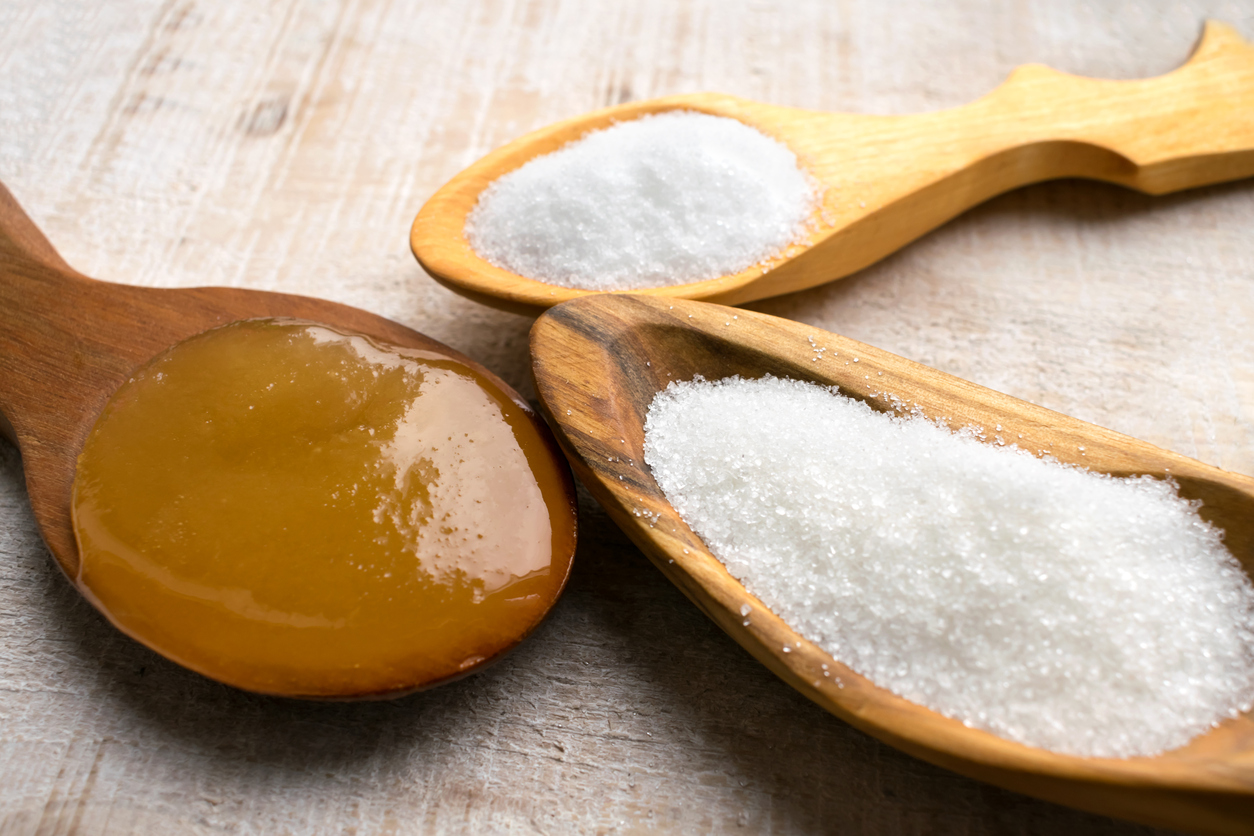Artificial sweeteners aren’t something we usually think about, yet over 130 million Americans used a sugar substitute in 2017. This number isn’t all too surprising when you think of all of those colorful little packets that you find in every office, diner and coffee shop. However, artificial sweeteners can also be found in diet sodas, candy, puddings, canned foods, jellies and jams and tons of other foods and beverages. We still don’t really know what kind of affects these sweeteners will have over many years but the marketplace shows that many consumers are opting for naturally derived sweeteners instead.
As consumers continue to increase their awareness of the chemicals they put into their bodies, more and more demand the use of natural ingredients in the foods that they consume. We have written about this trend with the millennial consumers that are demanding more organic snack options. This increase in consumer awareness is also expected to drive sales of naturally derived sweeteners in the coming decade.
According to Future Market Insights, naturally derived sweeteners can expect a projected compound annual growth rate of 5.1 percent with sector sales expected to surpass $37 billion by the end of 2028! Many governments are also granting financial aid to encourage the cultivation of natural ingredients, which will surely help natural sweetener growers.
Amongst the naturally derived sweeteners, molasses, honey and coconut sugar are leading sales in markets worldwide. Palm sugar and stevia are expected to heavily benefit from the forecast period and grow rapidly in the market.
The sales projections are obviously great news to those in the natural sweeteners industry but we must keep in mind that many of these sweeteners are still in their early phase of development and still need to be approved by the authoritative regulatory organizations.
For more candy news, make sure to keep up with our blog!

